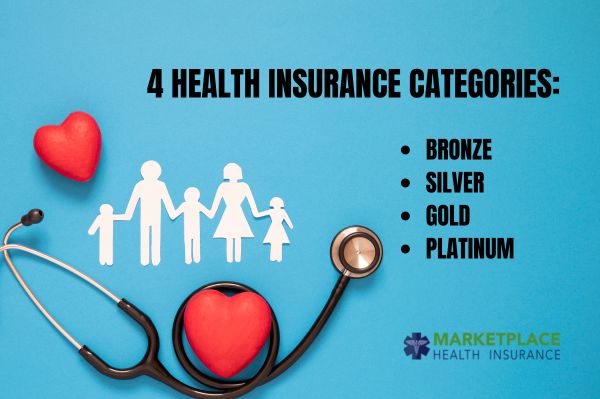This financial relief is especially crucial for families and individuals who might otherwise struggle to afford quality health care. Moreover, there are no annual or lifetime limits on essential health benefits, ensuring continuous and comprehensive coverage.
For young adults, the Marketplace offers the advantage of staying on their parent’s health insurance plan until they turn 26. This provision helps bridge the gap between children, adolescence, and financial independence, ensuring continuous coverage during a crucial phase of life.
With these extensive benefits and protections, the Florida Health Insurance Marketplace stands as a robust solution for securing essential health care services.
To qualify for coverage through the Florida Health Insurance Marketplace, certain criteria must be met. Applicants must be U.S. citizens, nationals, or lawfully present residents. This ensures that the benefits of the Marketplace are available to those who are legally residing in the country. Additionally, individuals who are currently incarcerated are not eligible for Marketplace insurance.
One of the unique aspects of the Marketplace is the absence of an income limit for eligibility. Instead, specific criteria based on household income and other factors are used to determine qualification. For instance, a household income below a certain threshold may qualify individuals for a special enrollment period, allowing them to enroll in or change their health plan outside of the regular open enrollment period. Special enrollment periods can also be triggered by life events such as moving, getting married, or having a baby.
To confirm eligibility for a special enrollment period, applicants might need to provide documentation verifying the qualifying life event. It’s essential to adhere to the deadlines for submitting these documents, as missing the confirmation could require additional paperwork to proceed with enrollment. Understanding these criteria and planning accordingly can help ensure a smooth and successful enrollment process.

The Florida Health Insurance Marketplace offers a variety of plans to suit different needs and budgets. These plans are categorized into four primary types: Bronze, Silver, Gold, and Platinum. Each category reflects a different cost-sharing structure, with Bronze plans typically having lower premiums but higher out-of-pocket costs, and Platinum plans having higher premiums but lower out-of-pocket expenses. This allows individuals to choose a plan that best fits their financial situation and healthcare needs.
In addition to these categories, catastrophic health plans are available for those under 30 or those who qualify for a hardship exemption. These plans offer lower premiums but come with high deductibles, making them suitable for individuals who want coverage for severe health events without paying high monthly premiums. When comparing plans, it’s crucial to consider both the premium costs and potential out-of-pocket expenses for medical services. This dual consideration helps ensure that the chosen plan meets both immediate and long-term financial needs.
Different health insurance plans also come with varying types of networks, such as Health Maintenance Organizations (HMOs) and Preferred Provider Organizations (PPOs). HMOs generally offer lower premiums and require members to use a network of doctors and hospitals, while PPOs provide more flexibility in choosing healthcare providers but often come with higher premiums. The type of plan you choose can significantly impact your overall healthcare costs and the convenience of accessing medical services.
Additionally, factors such as age and location within Florida can influence health insurance costs. Older individuals typically face higher premiums due to increased healthcare needs, and living in urban areas with more providers can potentially lead to lower premiums. By carefully evaluating these factors, individuals can select a health insurance plan that offers the best balance of cost and coverage.









